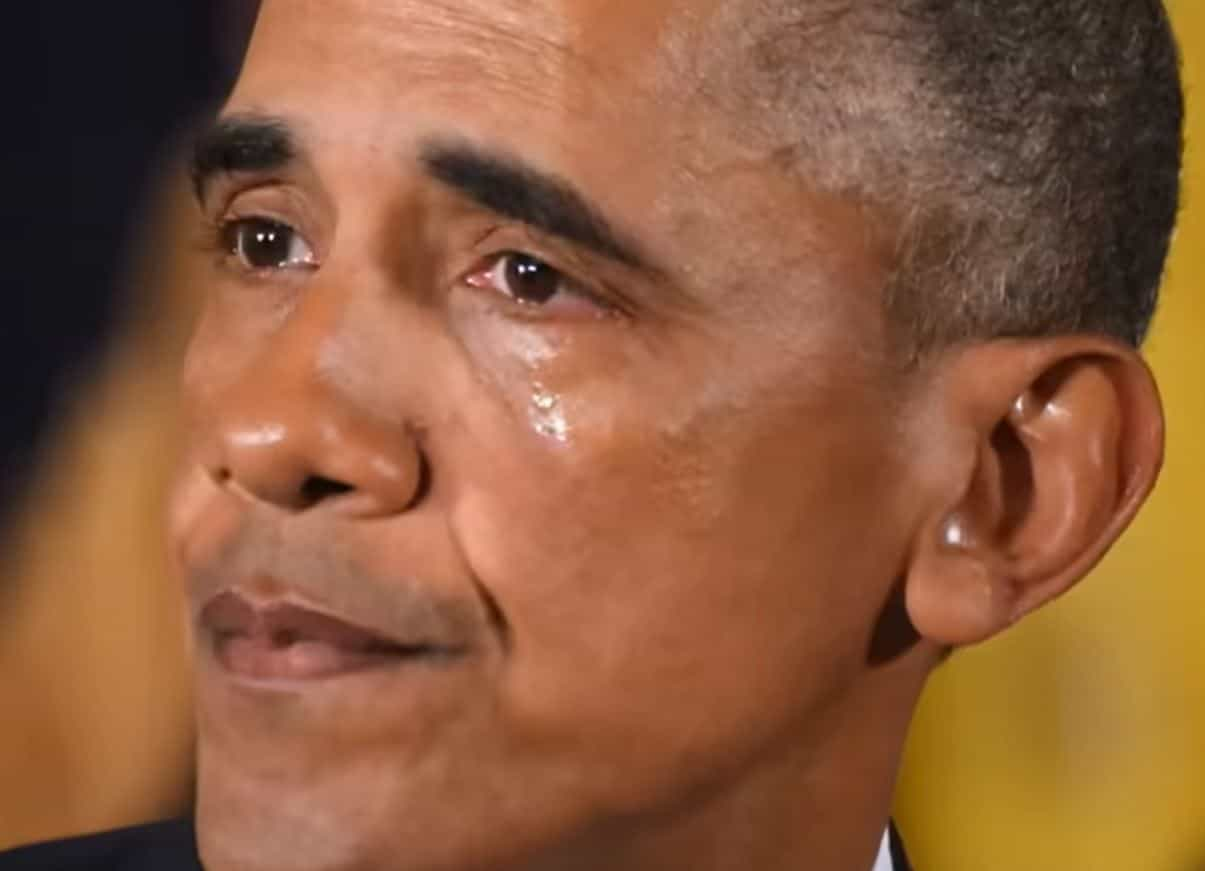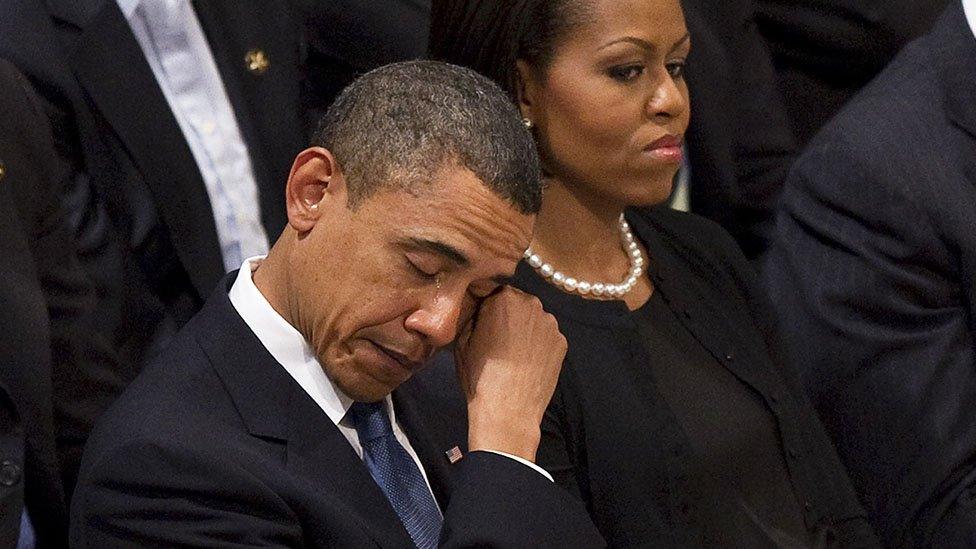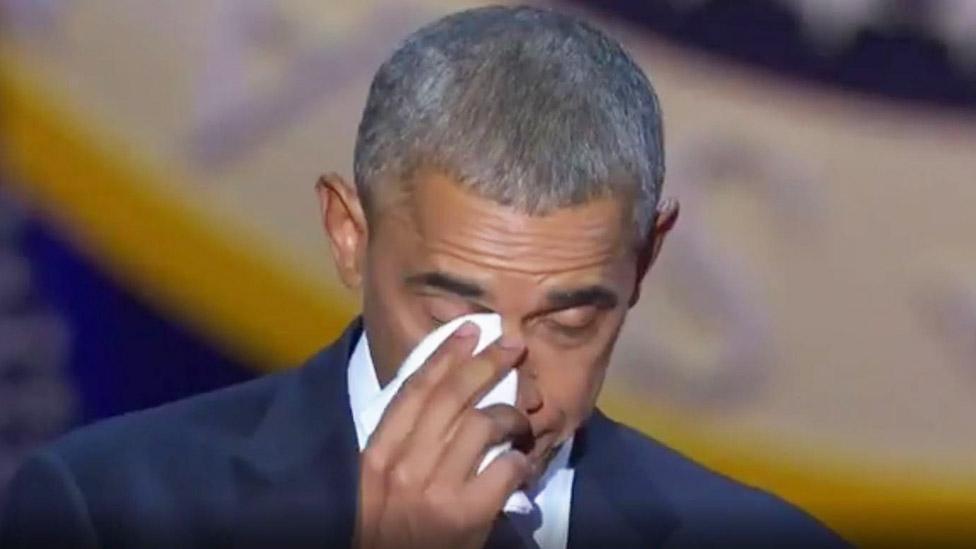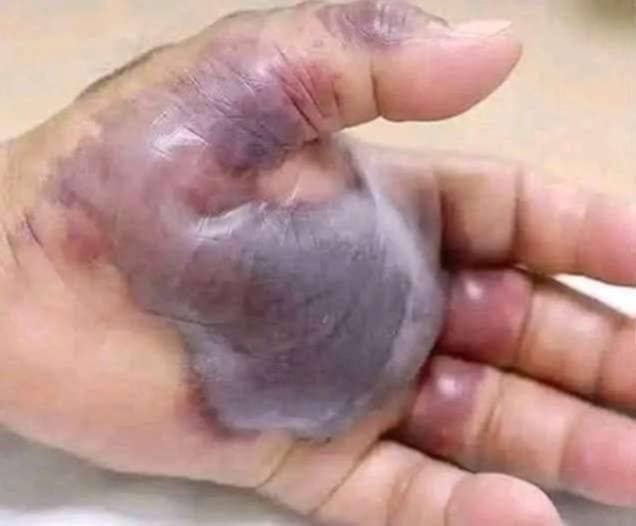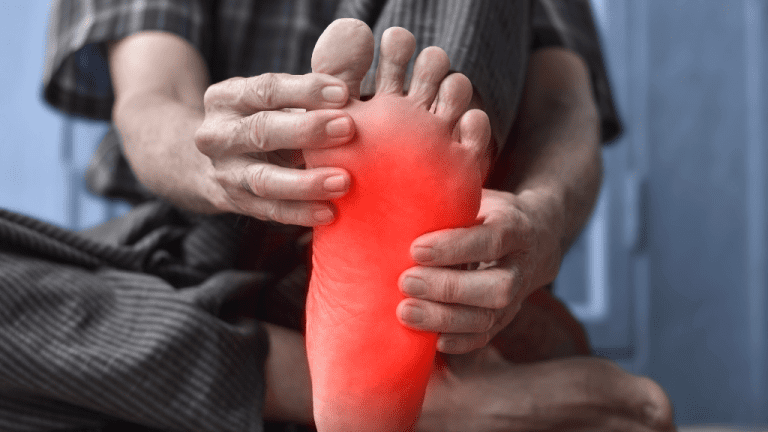Live television has always been full of surprises, from unexpected bloopers to awkward on-air moments that leave audiences both amused and stunned. While most broadcasts run smoothly, there have been instances where things didn’t go as planned, leading to some of the most talked-about moments in TV history.
From news anchors slipping up to technical glitches that create viral moments, live TV remains a reminder that anything can happen when the cameras are rolling. Here’s a look at some unforgettable incidents that have caught the attention of viewers around the world.
Memorable On-Air Blunders
1. The Golfer’s Unfortunate Shot
A professional golfer unintentionally hit the same spectator twice during a live broadcast. While sports events require precision, sometimes accidents happen, making for unexpected yet memorable moments.
2. Wardrobe Malfunctions in Live News Reports
A reporter once found herself in an awkward situation when the camera panned to her while she was not fully prepared. These moments highlight the fast-paced nature of live news and the challenges of always being camera-ready.
3. Unscripted Reactions from On-Air Guests
One of the most well-known live TV surprises happened when a BBC job candidate was accidentally interviewed on-air. His shocked expression and attempts to navigate the unexpected situation became an internet sensation.
Technical Glitches and Unexpected Interruptions
4. The Open Mic Mishap
A live broadcast turned humorous when a microphone was left on during a break, capturing unintended audio. This incident serves as a reminder for presenters to always check their equipment.
5. The Weatherman’s Unexpected Comment
Weather forecasts are usually routine, but one meteorologist took his segment in an unexpected direction with an offhand joke. His reaction after realizing his words were broadcasted live became a widely shared moment.
6. The Sports Broadcaster’s Surprise Interruption
In another amusing sports broadcast, an unexpected background noise caused the presenters to momentarily lose composure. Their professionalism in recovering from the situation, however, was commendable.
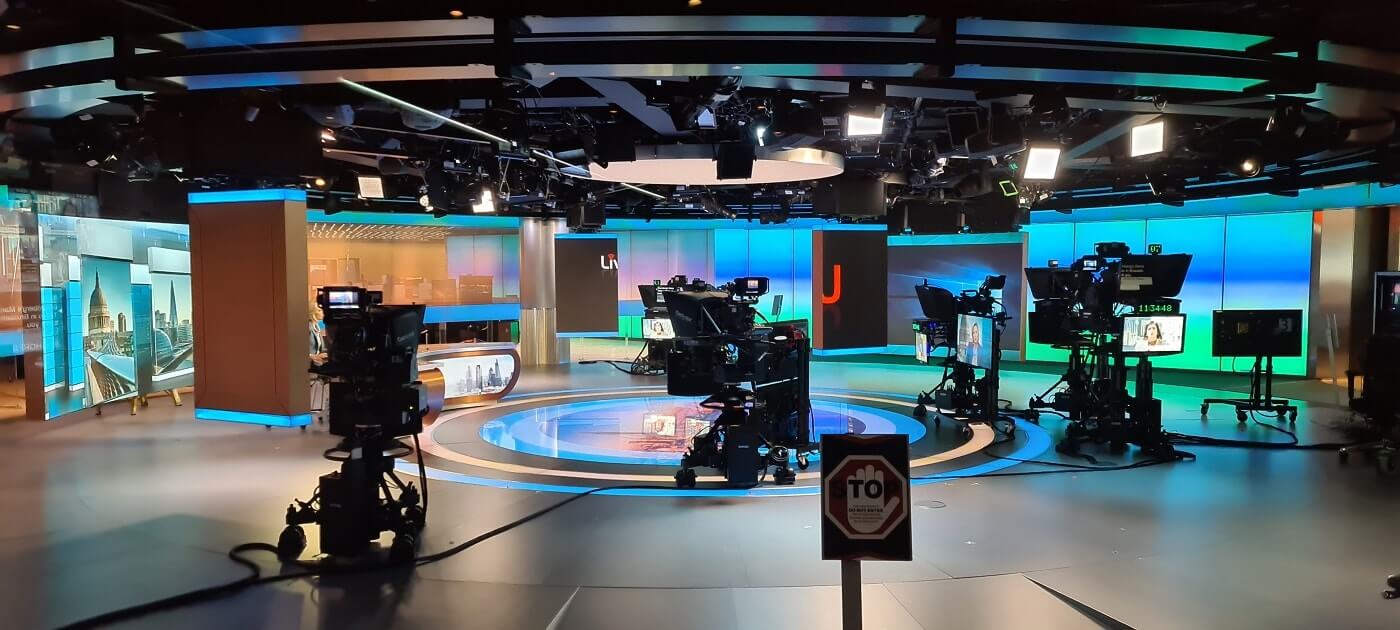
Live TV’s Most Talked-About Public Interactions
7. The High-Five Gone Wrong
During a televised event, a well-meaning individual attempted to high-five a person who was unable to see the gesture. The moment was an innocent mistake but became widely discussed for its awkwardness.
8. The Public Proposal Rejection
Romantic proposals are a frequent highlight of televised events, but one in particular took an unexpected turn when the recipient hesitated. The situation quickly became a trending topic online.
9. The Overenthusiastic Game Developer
Excitement can sometimes take over during live presentations. A video game developer’s highly animated announcement of a new release caught viewers off guard and became an iconic moment in gaming history.

Celebrity Encounters and Fan Moments
10. A Three-Person Handshake Fumble
In a formal event, a planned handshake between three individuals didn’t go as expected, leading to a humorous and slightly awkward interaction.
11. The Unexpected Bow
A celebrity meet-and-greet turned into an endearing moment when a fan’s excitement led to an overly dramatic bow, creating an interaction that was both sweet and memorable.
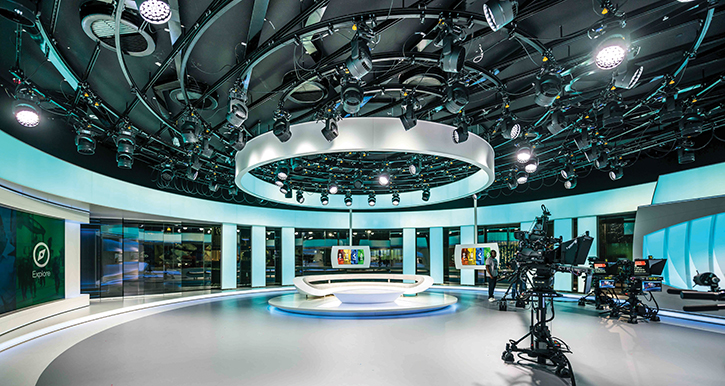
Lessons from Live TV Moments
Live television will always have its share of surprises. These unscripted moments remind audiences and broadcasters alike that even with the best planning, anything can happen. While some incidents become lighthearted viral moments, they also highlight the skill and professionalism of those who handle unexpected situations with grace.
As technology improves and broadcasting becomes even more seamless, live TV will continue to entertain and surprise viewers. But one thing remains certain—when the cameras are rolling, anything is possible.
 Breaking News
Breaking News
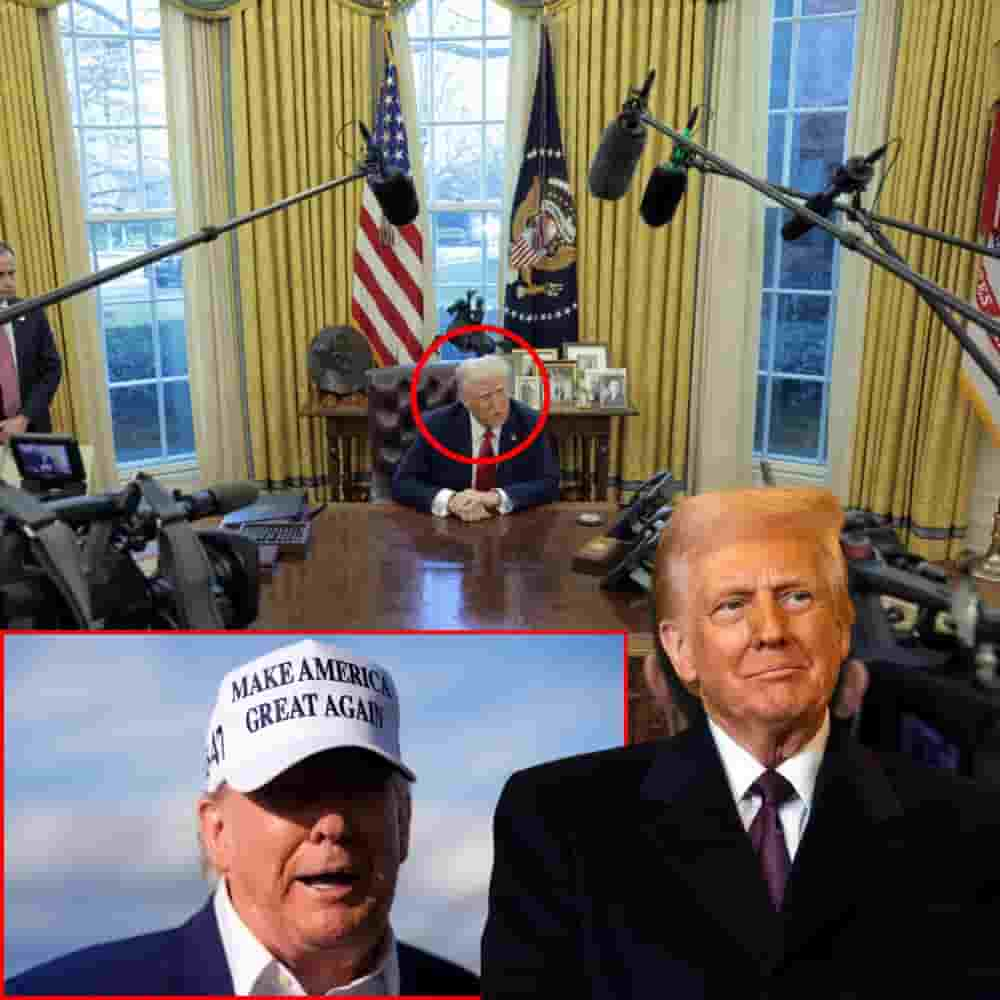
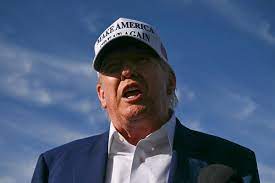









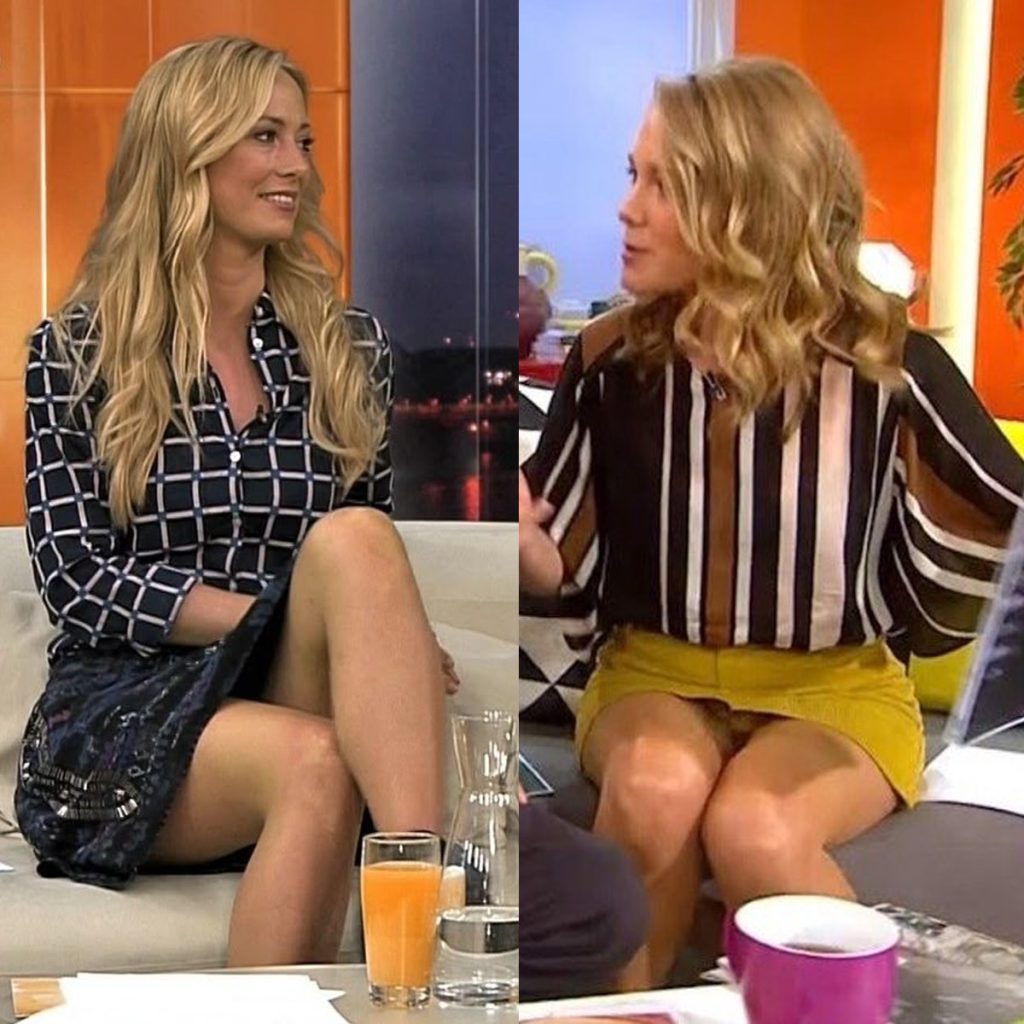 The Unpredictability of Live Television
The Unpredictability of Live Television

